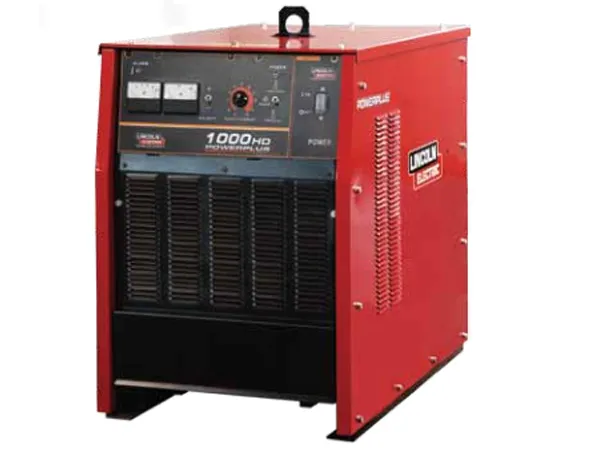SAW (Submerged Arc Welding) and arc welding are both welding processes that use electric arcs to melt and join metals. However, they differ in the way the arc is established and the welding process is conducted.
The differences between SAW and arc welding

Arc Welding
-
Arc Generation: In arc welding processes like Shielded Metal Arc Welding (SMAW) or Gas Metal Arc Welding (GMAW), an electric arc is established between the electrode and the workpiece. The electrode can be consumable (as in GMAW) or non-consumable (as in Gas Tungsten Arc Welding - GTAW).
-
Shielding Gas: In some arc welding processes like GMAW and GTAW, shielding gas is used to protect the weld pool and electrode from atmospheric contamination. The gas prevents oxidation and other impurities in the air from affecting the weld.
-
Electrode Types: Arc welding can use a variety of electrode types, including consumable electrodes that melt into the weld (as in GMAW) and non-consumable electrodes that do not melt (as in GTAW).
-
Flexibility: Arc welding is versatile and can be used for various materials and thicknesses. It's widely used in both heavy industrial applications and smaller-scale projects.
Submerged Arc Welding (SAW):
-
Arc Generation: In SAW, the electric arc is submerged beneath a layer of granular flux. The arc and molten weld pool are "submerged" under this layer, which protects the weld from atmospheric contamination. The arc is continuously fed from a consumable electrode, which also acts as a filler material.
...
For more detailed information about the difference between arc welding and submerged arc welding, please click here:https://www.bota-weld.com/en/a/news/the-difference-between-saw-and-arc-welding.html
